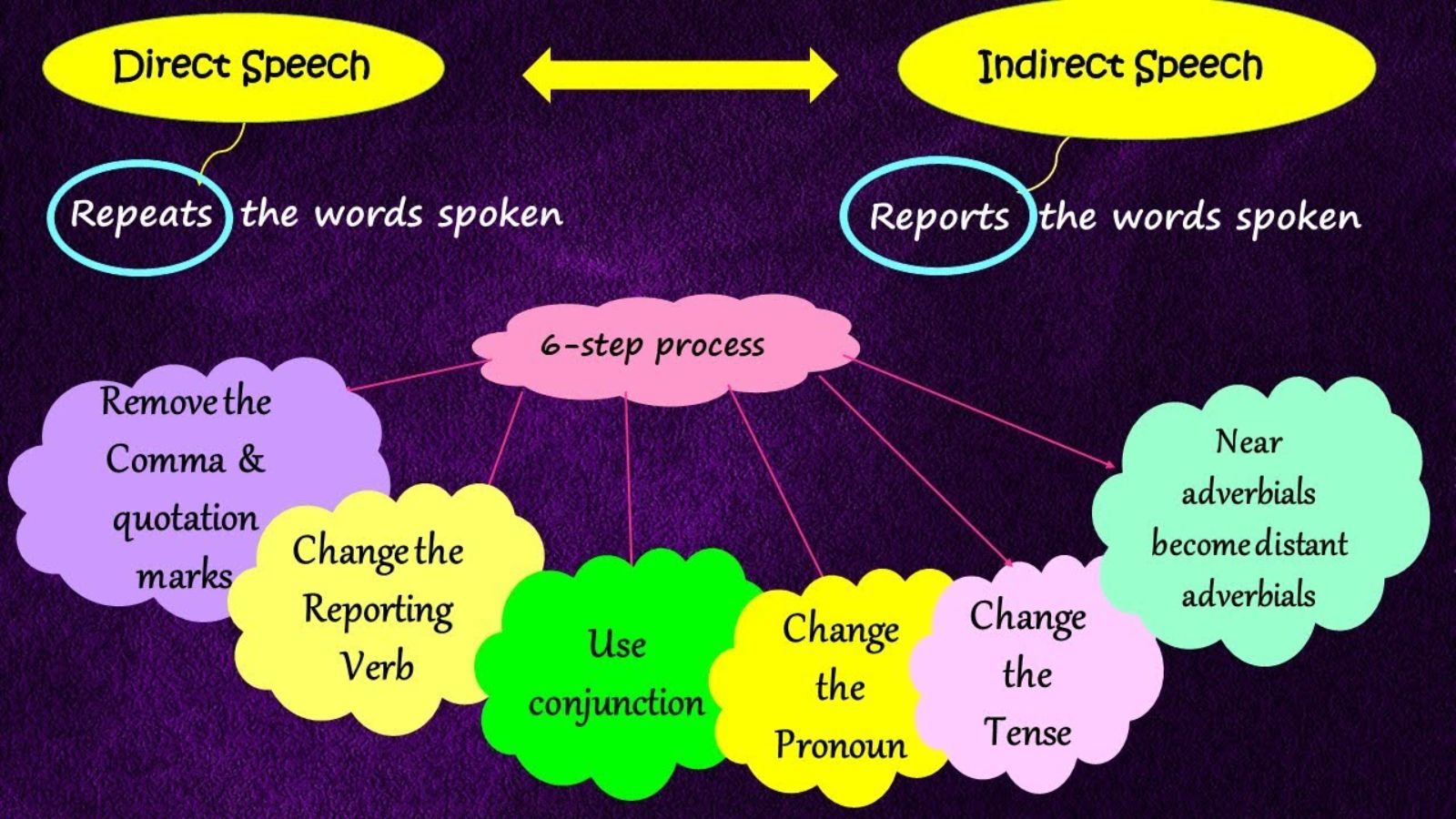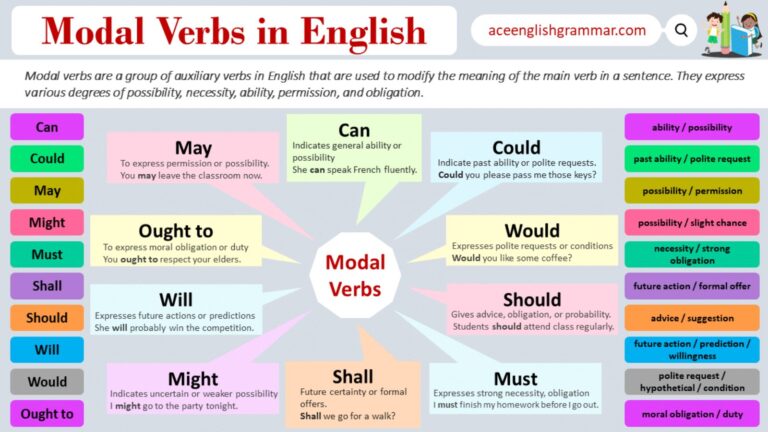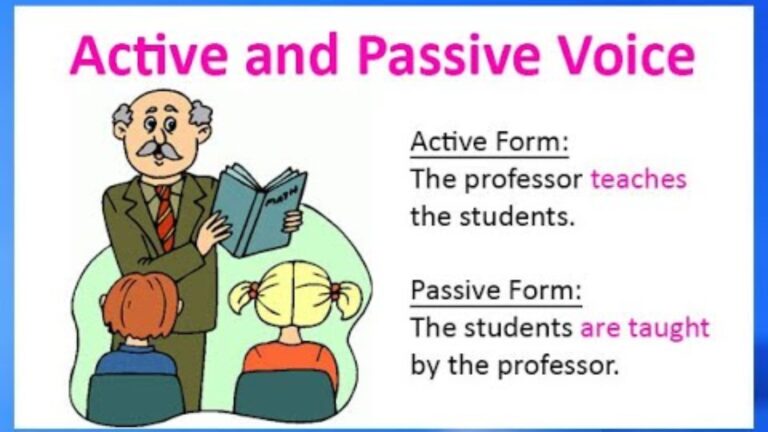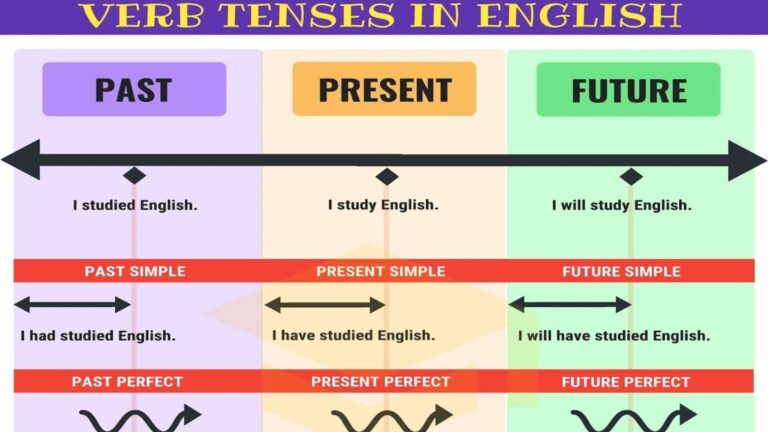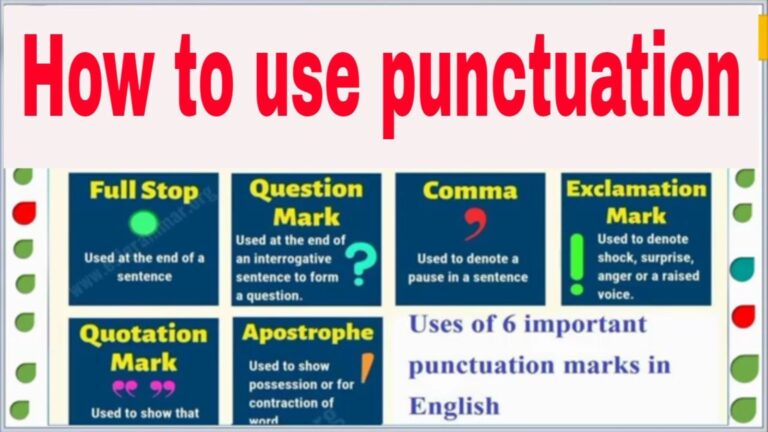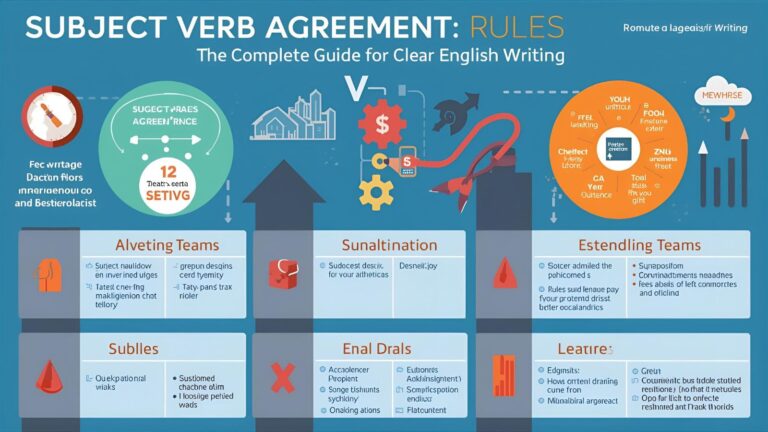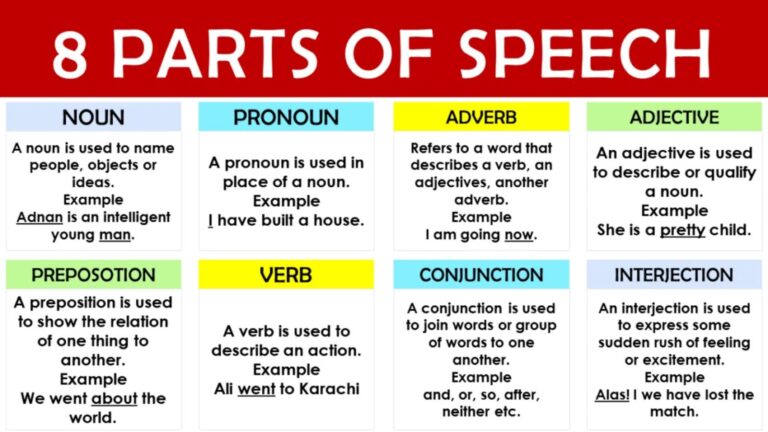150+Direct and Indirect Speech Rules – A Complete Guide for Learners(2026)
When learning English, many students struggle with direct and indirect speech rules. The confusion is natural because reporting someone’s exact words (direct speech) and rephrasing them (indirect speech) require different grammar rules. People often search this keyword because they are unsure about tense changes, punctuation, and how to use reporting verbs like say, tell, and ask.
Direct and indirect speech is an essential part of everyday communication, academic writing, journalism, and storytelling. A mistake in these rules can change the meaning of a sentence completely. For example, “She said, ‘I am happy’” is not the same as “She said that she was happy.”
This article explains the rules of direct and indirect speech, their history, differences in British and American English, common mistakes, practical examples, and global usage. By the end, you will know exactly how and when to use these forms correctly.
Direct and Indirect Speech Rules – Quick Answer
- Direct Speech → Exact words within quotation marks.
👉 Example: She said, “I love reading.” - Indirect Speech → Reported version without quotation marks, often with tense changes.
👉 Example: She said that she loved reading.
The Origin of Direct and Indirect Speech Rules
The concept comes from reported speech in Latin and Old English grammar. Early grammarians needed a way to record both spoken words and retold statements. Direct speech kept the speaker’s voice, while indirect speech adjusted it for grammar and context.
The terms direct and indirect speech became common in English grammar books of the 17th–18th centuries. They helped learners understand when to quote someone word-for-word and when to rephrase.
British English vs American English Spelling
The rules are mostly the same, but punctuation styles differ:
| Feature | British English | American English | Example |
|---|---|---|---|
| Quotation marks | Single (‘ ’) often used | Double (“ ”) preferred | She said, ‘Hello.’ (UK) / She said, “Hello.” (US) |
| Punctuation inside quotes | Outside if not part of speech | Always inside quotes | He called it ‘important’. (UK) / He called it “important.” (US) |
| Tense backshift | More strict | Sometimes flexible in casual use | She said she was tired (UK strict) / She said she is tired (US casual) |
Which Rules Should You Use?
- Students and exam writers: Follow strict grammar rules (tense backshift, proper quotation).
- US audience: Use double quotation marks and flexible tense changes in casual settings.
- UK/Commonwealth audience: Stick to single quotation marks and strict tense changes.
- Global/online writing: Double quotation marks are clearer for international readers.
Common Mistakes with Direct and Indirect Speech Rules
- Forgetting tense change → “He said he is busy” ❌ (should be “was busy” in most cases).
- Wrong reporting verb → Using say instead of tell: “She said me” ❌ (should be “She told me”).
- Mixing quotation marks → “He said, ‘I am fine.” ❌ (mismatched marks).
- Missing conjunction → “She said she happy” ❌ (should be “was happy”).
- Not adjusting pronouns → Direct: “I love it.” → Indirect: He said he loved it.
Direct and Indirect Speech Rules in Everyday Examples
- Emails: Manager wrote, “Submit the report today.” → Manager wrote that we should submit the report that day.
- News: Direct: The minister said, “We will act soon.” → Indirect: The minister said they would act soon.
- Social Media: Direct tweets often get reposted in indirect style.
- Formal Writing: Research papers prefer indirect reporting for objectivity.
Direct and Indirect Speech Rules – Google Trends & Usage Data
Search interest for “direct and indirect speech rules” is highest in countries where English is studied as a second language.
| Country | Interest Level | Context |
|---|---|---|
| India | Very High | School & competitive exams |
| Pakistan | High | Academic use |
| Nigeria | Medium | Secondary school learning |
| US/UK | Lower | Native speakers already know rules |
Comparison Table – Direct vs Indirect Speech
| Aspect | Direct Speech | Indirect Speech |
|---|---|---|
| Quotation marks | Yes (“ ” or ‘ ’) | No |
| Tense | Same as speaker’s words | Often changes (backshift) |
| Pronouns | As spoken | Adjusted |
| Example | She said, “I am busy.” | She said that she was busy. |
FAQs
1. What is the basic rule of direct and indirect speech?
Direct uses exact words in quotes, indirect rephrases with tense and pronoun changes.
2. Do tenses always change in indirect speech?
Usually yes, especially in past reporting, but sometimes no (e.g., universal truths).
3. Can we use “say” in indirect speech?
Yes, but “tell” is used when an object is present. Example: She told me that…
4. Are direct and indirect speech rules the same in US and UK English?
Mostly yes, except for punctuation and quotation mark style.
5. Is indirect speech formal or informal?
It is more common in formal writing, reports, and academic contexts.
6. Can questions be reported indirectly?
Yes. Direct: “Where are you going?” → Indirect: He asked where I was going.
7. Do we need the word “that” in indirect speech?
It is optional in many cases. Example: He said (that) he was busy.
Conclusion
Understanding direct and indirect speech rules is vital for clear communication. Direct speech repeats the speaker’s exact words, while indirect speech reports them with grammar adjustments. Learners often confuse tense changes, punctuation, and reporting verbs, which leads to mistakes.
In British English, single quotes and strict tense backshift are common. In American English, double quotes and flexible tense usage appear more often. Globally, following a clear and simple style with proper backshift ensures accuracy and professionalism.
For everyday use: use direct speech when quoting, and indirect speech when summarizing. Practice both forms, and soon they will become natural in your writing and speaking.

